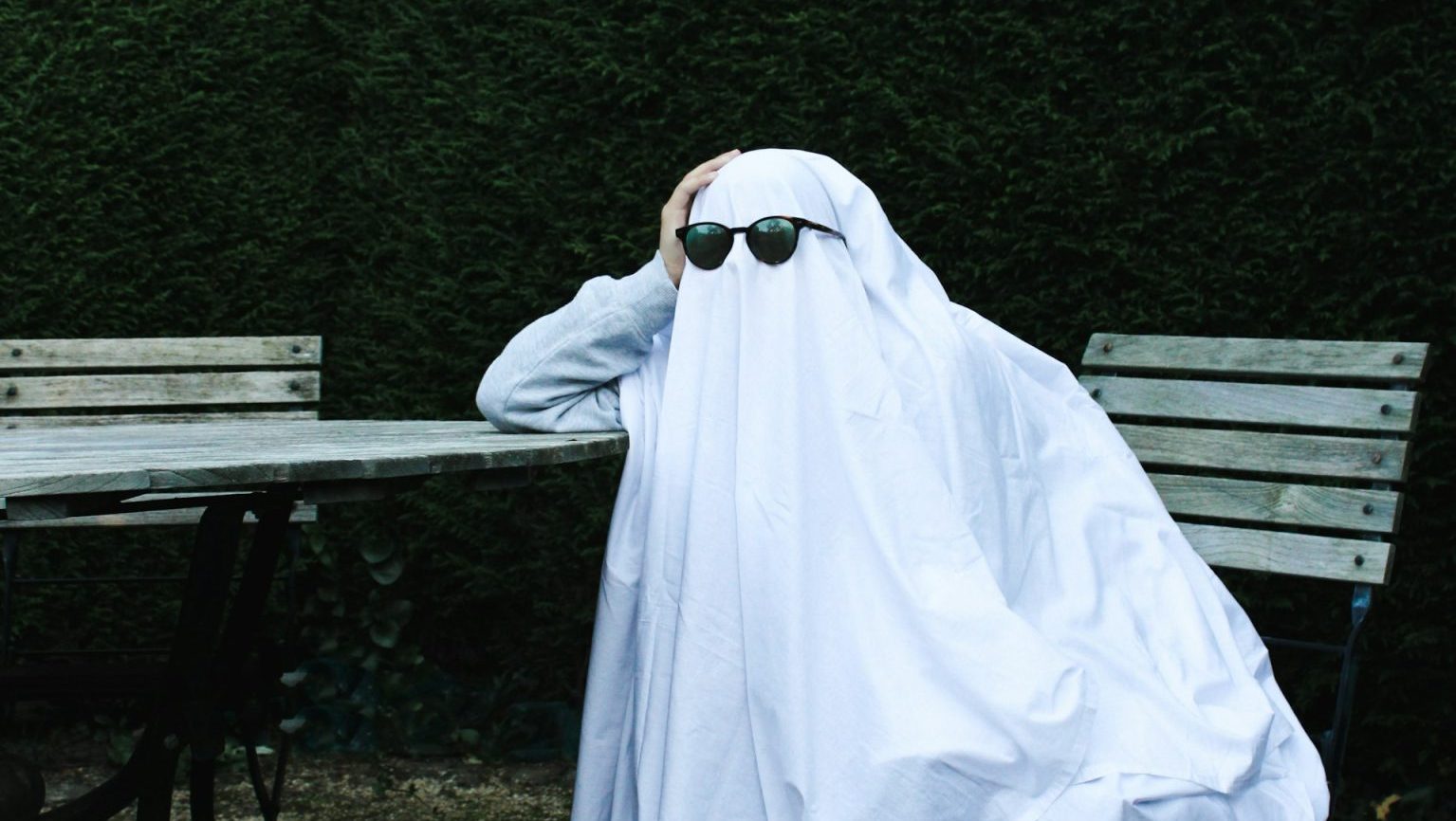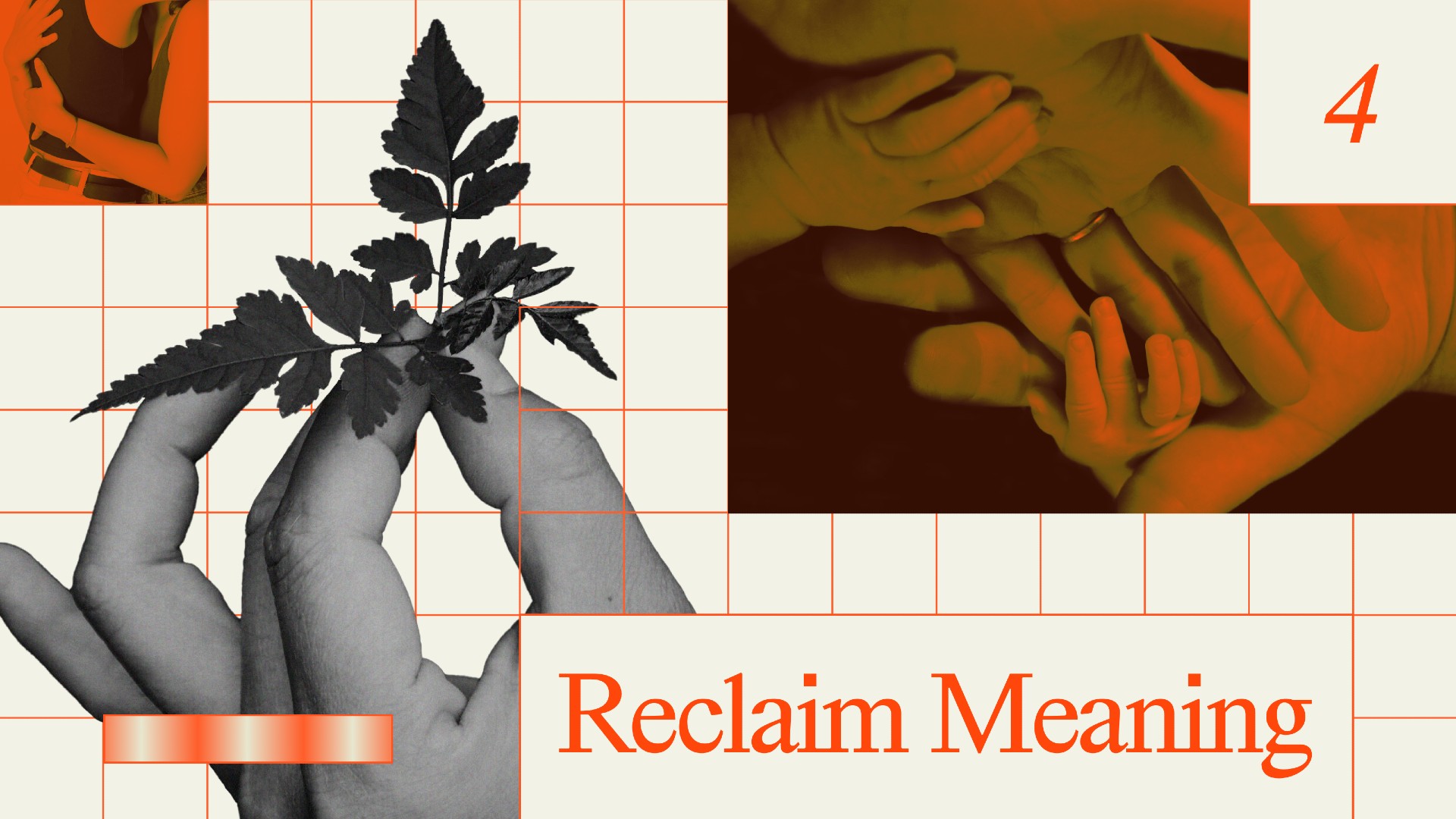Yes, more and more young adults are living with their parents – but is that necessarily bad?

Photo by Parker Gibbons on Unsplash
When the Pew Research Center recently reported that the proportion of 18-to-29-year-old Americans who live with their parents has increased during the COVID-19 pandemic, perhaps you saw some of the breathlessheadlines hyping how it’s higher than at any time since the Great Depression.
From my perspective, the real story here is less alarming than you might think. And it’s actually quite a bit more interesting than the sound bite summary.
For 30 years I’ve been studying 18-to-29-year-olds, an age group I call “emerging adults” to describe their in-between status as no longer adolescents, but not fully adult.
Even 30 years ago, adulthood – typically marked by a stable job, a long-term partnership and financial independence – was coming later than it had in the past.
Yes, a lot of emerging adults are now living with their parents. But this is part of a larger, longer trend, with the percentage going up only modestly since COVID-19 hit. Furthermore, having grown kids still at home is not likely to do you, or them, any permanent harm. In fact, until very recently, it’s been the way adults have typically lived throughout history. Even now, it’s a common practice in most of the world.
Staying home is not new or unusual
Drawing on the federal government’s monthly Current Population Survey, the Pew Report showed that 52% of 18-to-29-year-olds are currently living with their parents, up from 47% in February. The increase was mostly among the younger emerging adults – ages 18 to 24 – and was primarily due to their coming home from colleges that shut down or to their having lost their jobs.
Although 52% is the highest percentage in over a century, this number has, in fact, been rising steadily since hitting a low of 29% in 1960. The main reason for the rise is that more and more young people continued their education into their 20s as the economy shifted from manufacturing to information and technology. When they’re enrolled in school, most don’t make enough money to live independently.
Before 1900 in the United States, it was typical for young people to live at home until they married in their mid-20s, and there was nothing shameful about it. They usually started working by their early teens – it was rare then for kids to get even a high school education – and their families relied upon the extra income. Virginity for young women was highly prized, so it was moving out before marriage that was scandalous, not staying home where they could be shielded from young men.
In most of the world today, it is still typical for emerging adults to stay home until at least their late 20s. In countries where collectivism is more highly valued than individualism – in places as diverse as Italy, Japan and Mexico – parents mostly prefer to have their emerging adults stay home until marriage. In fact, even after marriage it remains a common cultural tradition for a young man to bring his wife into his parents’ household rather than move out.
Until the modern pension system arose about a century ago, aging parents were highly vulnerable and needed their adult children and daughters-in-law to care for them in their later years. This tradition persists in many countries, including the two most populous countries in the world, India and China.
In today’s individualistic U.S., we mostly expect our kids to hit the road by age 18 or 19 so they can learn to be independent and self-sufficient. If they don’t, we may worry that there is something wrong with them.
You’ll miss them when they’re gone
Because I’ve been researching emerging adults for a long time, I’ve been doing a lot of television, radio and print interviews since the Pew report was released.
Always, the premise seems to be the same: Isn’t this awful?
I would readily agree that it’s awful to have your education derailed or to lose your job because of the pandemic. But it’s not awful to live with your parents during emerging adulthood. Like most of the rest of family life, it’s a mixed bag: It’s a pain in some ways, and rewarding in others.
In a national survey of 18-to-29-year-olds I directed before the pandemic, 76% of them agreed that they get along better with their parents now than they did in adolescence, but almost the same majority – 74% – agreed, “I would prefer to live independently of my parents, even if it means living on a tight budget.”
Parents express similar ambivalence. In a separate national survey I directed, 61% of parents who had an 18-to-29-year-old living at home were “mostly positive” about that living arrangement, and about the same percentage agreed that living together resulted in greater emotional closeness and companionship with their emerging adults. On the other hand, 40% of the parents agreed that having their emerging adults at home meant worrying about them more, and about 25% said it resulted in more conflict and more disruption to their daily lives.
As much as most parents enjoy having their emerging adults around, they tend to be ready to move on to the next stage of their lives when their youngest kid reaches their 20s. They have plans they’ve been delaying for a long time – to travel, to take up new forms of recreation and perhaps to retire or change jobs.
Those who are married often view this new phase as a time to get to know their spouse again – or as a time to admit their marriage has run its course. Those who are divorced or widowed can now have an overnight guest without worrying about scrutiny from their adult child at the breakfast table the next morning.
My wife, Lene, and I have direct experience to draw on with our 20-year-old twins, who came home in March after their colleges closed, an experience shared with millions of students nationwide. I’ll admit we were enjoying our time as a couple before they moved back in, but nevertheless it was a delight having them unexpectedly return, as they are full of love and add so much liveliness to the dinner table.
Now the fall semester has started and our daughter, Paris, is still home taking her courses via Zoom, whereas our son, Miles, has returned to college. We’re savoring these months with Paris. She has a great sense of humor and makes an excellent Korean tofu rice bowl. And we all know it won’t last.
That’s something worth remembering for all of us during these strange times, especially for parents and emerging adults who find themselves sharing living quarters again. It won’t last.
You could see this unexpected change as awful, as a royal pain and daily stress. Or you could see it as one more chance to get to know each other as adults, before the emerging adult sails once again over the horizon, this time never to return.
Jeffrey Arnett, Senior Research Scholar, Department of Psychology, Clark University
This article is republished from The Conversation under a Creative Commons license. Read the original article.





